Bullet Aerodynamics CFD Simulation – 6DOF Dynamic Mesh – ANSYS Fluent Tutorial
Bullet Aerodynamics CFD Simulation – 6DOF Dynamic Mesh – ANSYS Fluent Tutorial
- Upon ordering this product, you will be provided with a geometry file, a mesh file, and an in-depth Training Video that offers a step-by-step training on the simulation process.
- For any more inquiries regarding the product, please do not hesitate to reach out to us at info@CFDLAND.com or through our online support assistant.
€150 Original price was: €150.€135Current price is: €135.
Bullet aerodynamics is a fascinating field that studies how air flows around projectiles during flight. When bullets travel through air, they experience forces like drag and lift that affect their path and accuracy. These forces are very important for hunters, military personnel, and competitive shooters who need their bullets to hit targets precisely. Using CFD simulation (Computational Fluid Dynamics), engineers can now see exactly how air moves around bullets without firing thousands of real shots. This saves time and money while providing more detailed information. The 6DOF approach (which stands for Six Degrees of Freedom) is especially useful because it tracks all possible ways a bullet can move: forward/backward, up/down, left/right, and rotation around all three axes. This helps predict bullet trajectory and flight stability more accurately than simpler methods. Moreover, these simulations help designers create better bullets with improved ballistic coefficients and reduced sensitivity to crosswinds, ultimately leading to more effective ammunition for various applications.
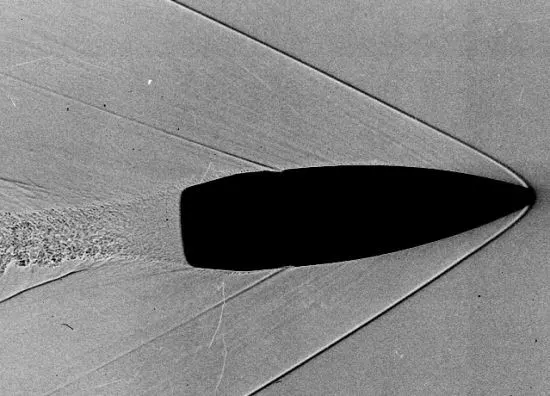
Figure 1: Bullet shock wave CFD Simulation
Simulation process
For this bullet aerodynamics study, we created a special 2D computer model in ANSYS Fluent. We chose a 2D domain instead of 3D to make calculations faster while still getting good results for basic flight behavior. Our domain is a big rectangle with the bullet in the middle, and it’s much larger than the bullet to avoid boundary effects. We used a hybrid grid that combines different cell shapes. The most exciting part is how we make the bullet move using the LAYERING method of dynamic mesh. This clever technique adds and removes cell layers as the bullet moves, keeping mesh quality high throughout the simulation. Also, we implemented 6DOF (Six Degrees of Freedom) to capture all possible bullet movements naturally. This means the bullet can move forward, sideways, up and down, plus rotate in any direction based on the forces from the air.
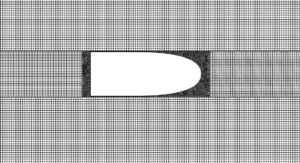
Figure 2: Hybrid grid around bullet – 6DOF Dynamic mesh
Post-processing
Looking at the velocity images, we can clearly see the shock wave forming around the bullet. The colors show how fast air moves, with dark red being extremely fast (over 2000 m/s) and blue being slower. The most interesting feature is the strong bow shock in front of the bullet where velocity suddenly jumps from blue to red. This shock happens because air can’t move out of the way fast enough when the bullet zooms through it at supersonic speed. Also, notice how the air speeds up around the curved sides of the bullet, creating yellowish-green regions. This helps reduce drag force compared to blunt shapes. In the second image, we can see more detail near the bullet tip, where the flow stays attached to the surface – a sign of good aerodynamic design. Furthermore, behind the bullet, swirling patterns form that create extra drag and potentially affect flight stability.
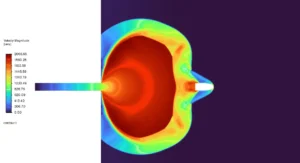
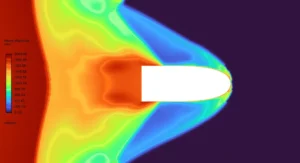
Figure 3: Bullet aerodynamics CFD simulation – shock wave
The temperature contour tells another important story. Near the front of the bullet, temperatures reach extremely high values (over 2200K or about 3500°F) shown in dark red. This happens because air gets violently compressed by the shock wave, turning movement energy into heat. This extreme heating could affect the bullet material over time. The yellow-orange regions around the sides show gradual cooling as air expands again. Also, notice the hot spot right at the tip where the shock is strongest – this is called the stagnation point where air velocity drops to zero. Moreover, these high temperatures change air density and viscosity, affecting the overall drag coefficient. The coolest areas (blue) are far from the bullet where air hasn’t been disturbed yet. This temperature pattern helps engineers understand thermal stresses on bullets and select appropriate materials that can withstand these conditions during flight.

Figure 4: Temperature increase around the bullet
We pride ourselves on presenting unique products at CFDLAND. We stand out for our scientific rigor and validity. Our products are not based on guesswork or theoretical assumptions like many others. Instead, most of our products are validated using experimental or numerical data from valued scientific journals. Even if direct validation isn’t possible, we build our models and assumptions on the latest research, typically using reference articles to approximate reality.
Yes, we’ll be here . If you have trouble loading files, having technical problems, or have any questions about how to use our products, our technical support team is here to help.
You can load geometry and mesh files, as well as case and data files, using any version of ANSYS Fluent.
€180 Original price was: €180.€150Current price is: €150.

€220 Original price was: €220.€115Current price is: €115.

€140 Original price was: €140.€85Current price is: €85.

€240 Original price was: €240.€135Current price is: €135.


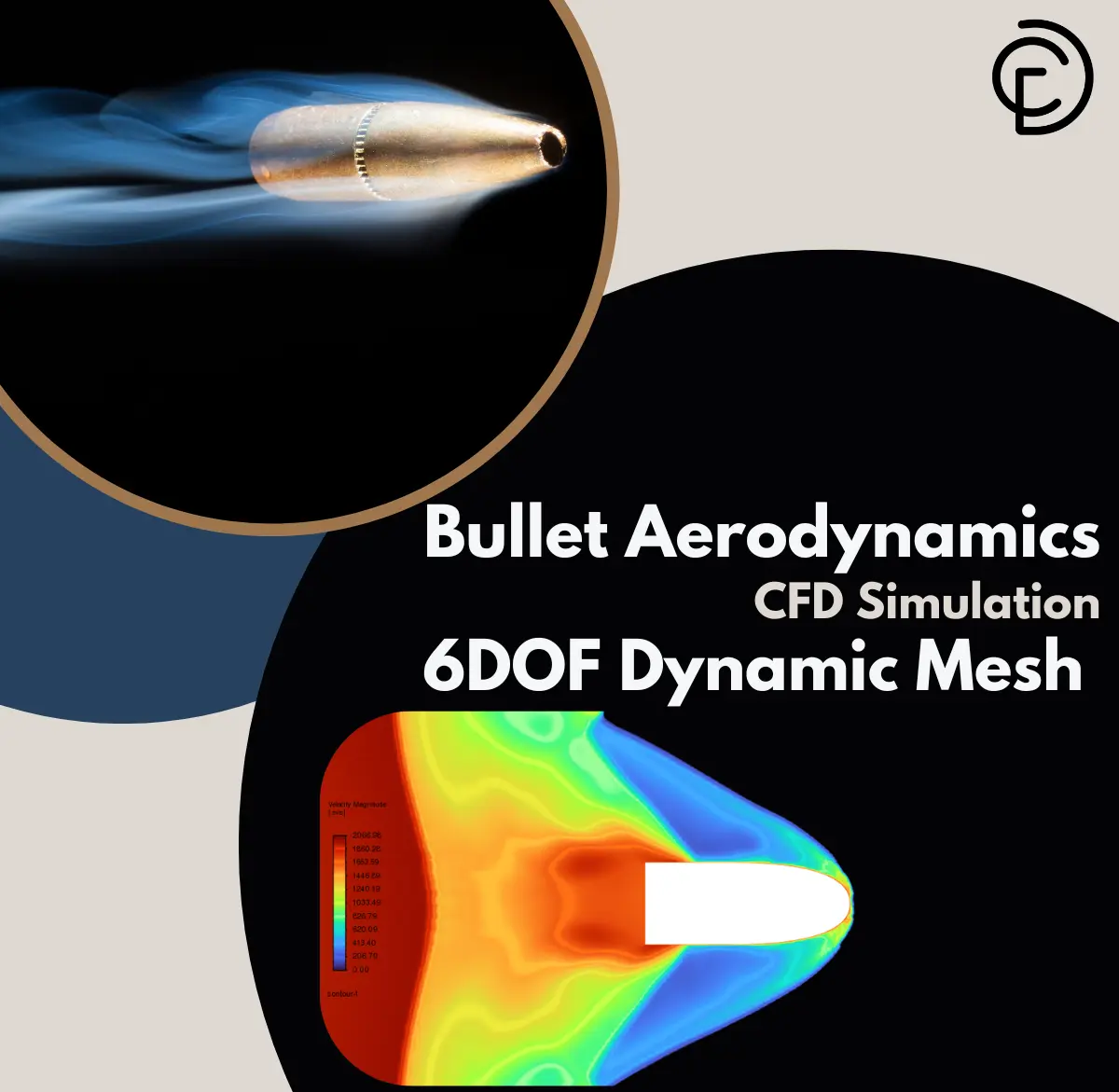
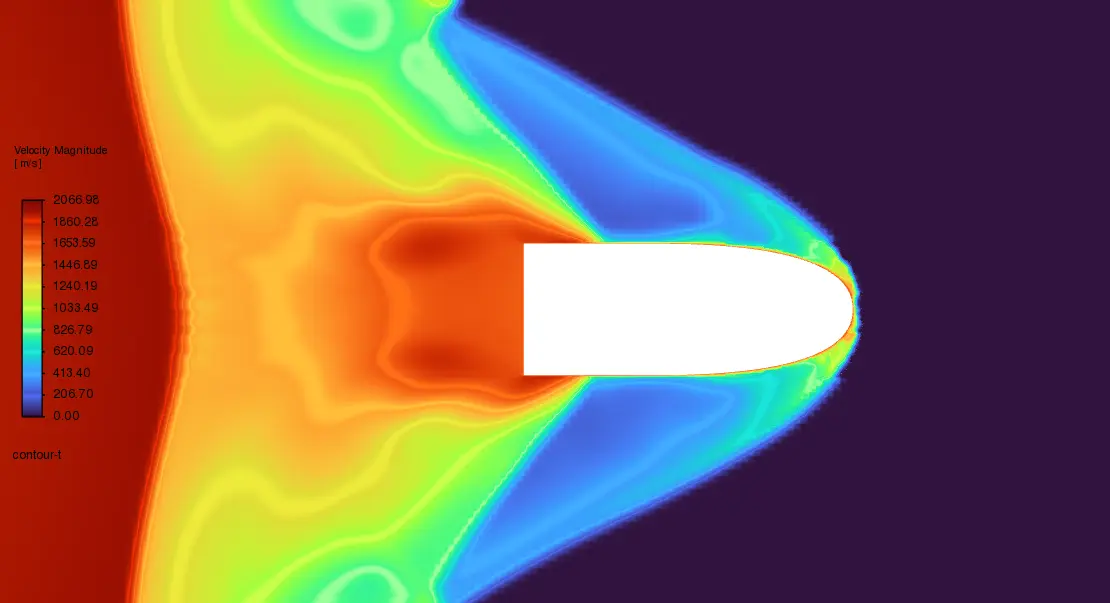
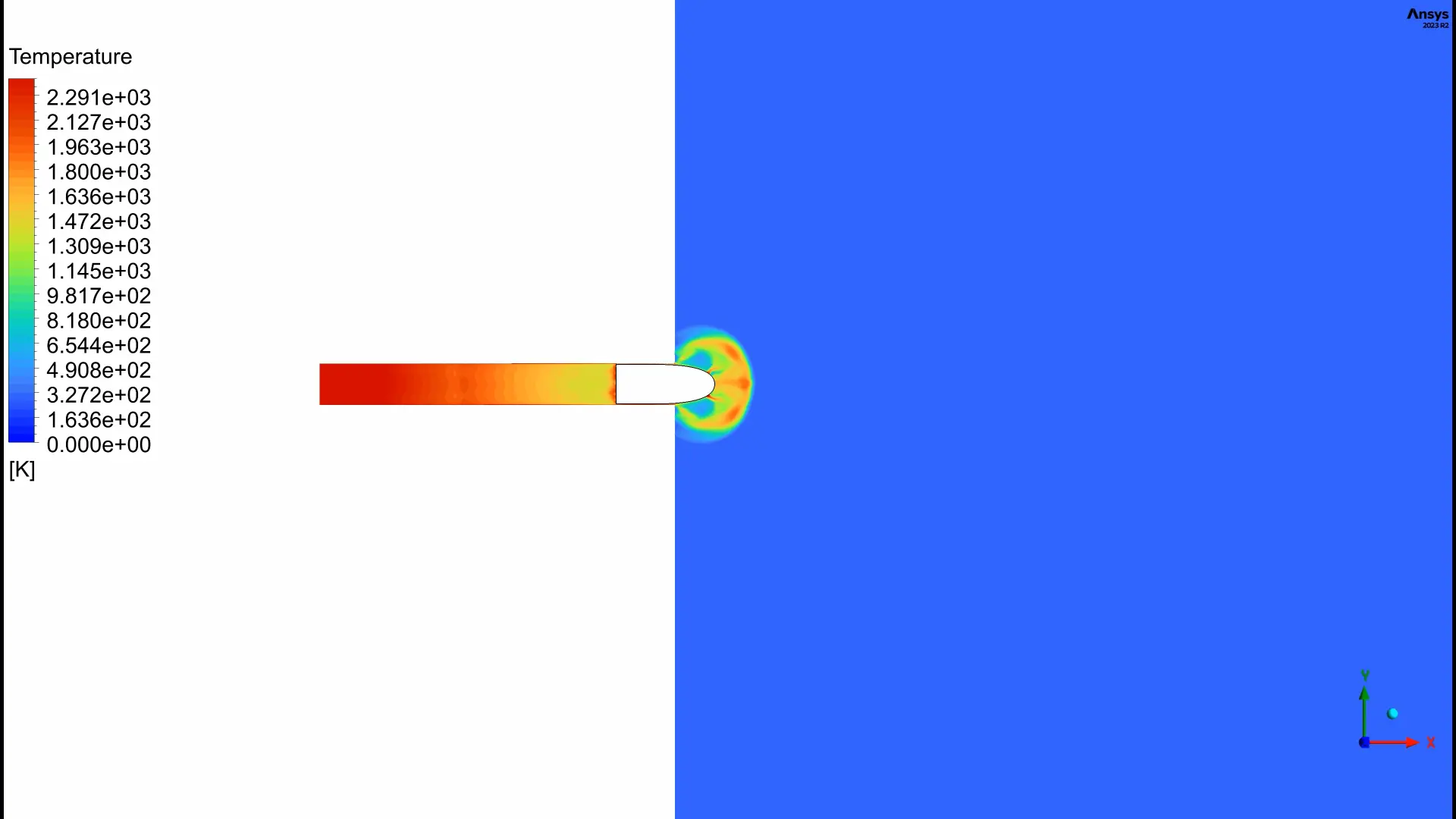
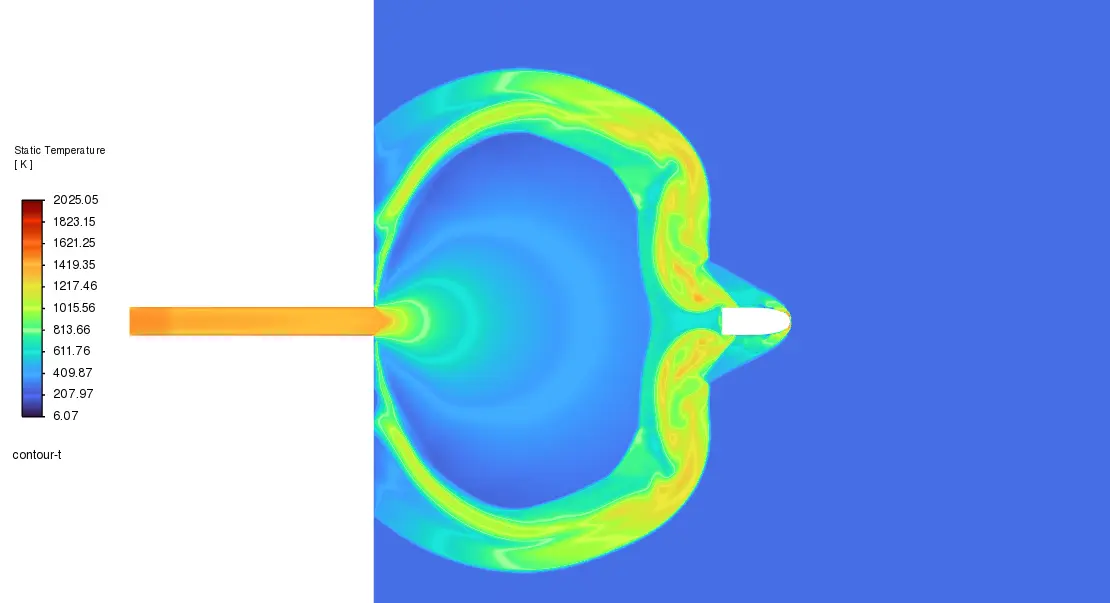
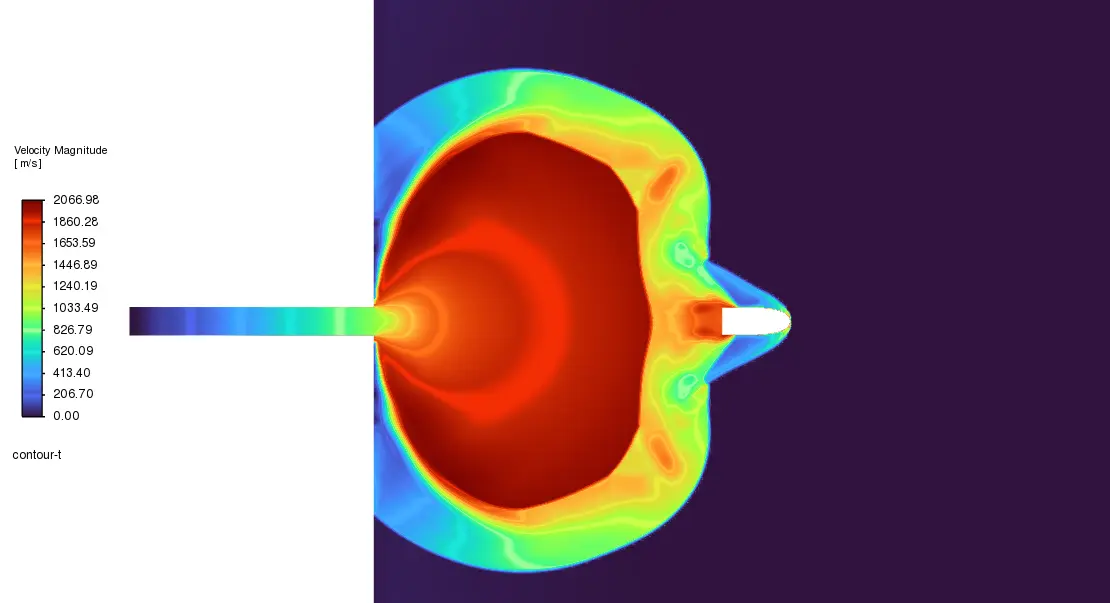
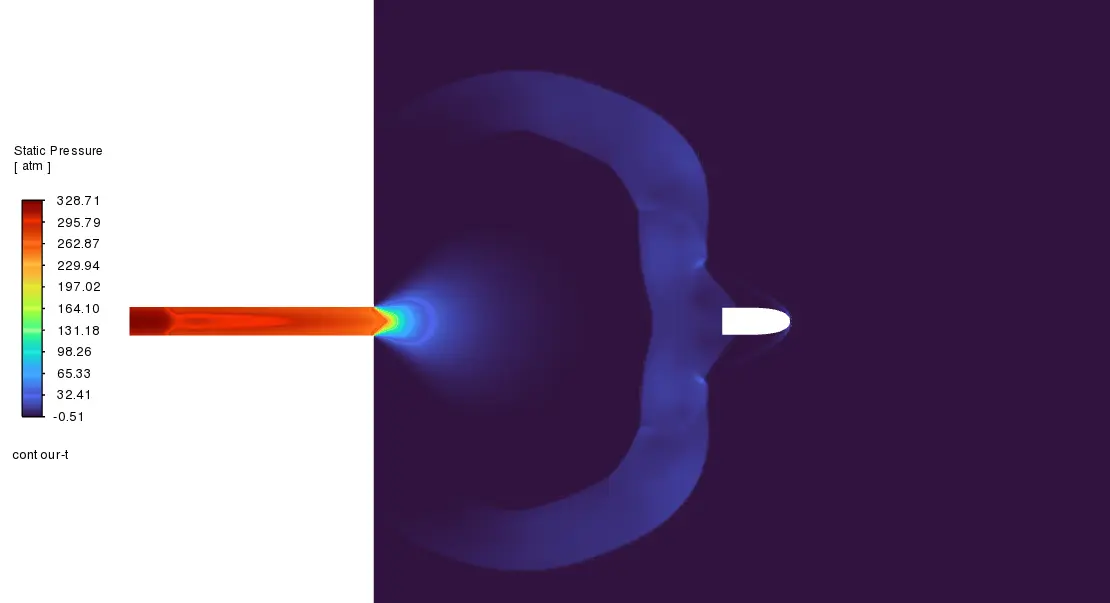
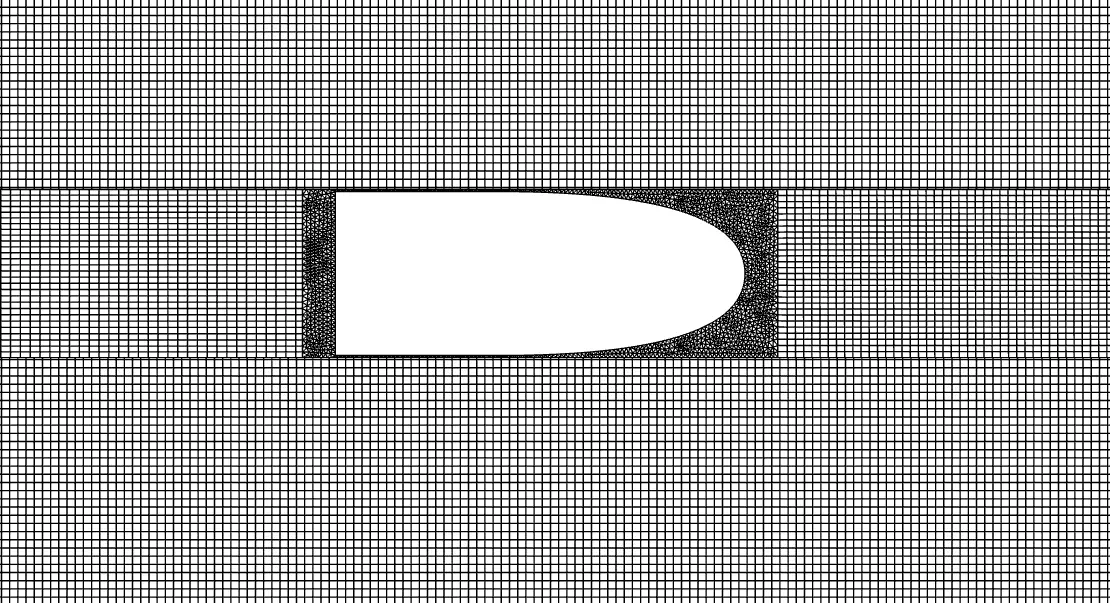






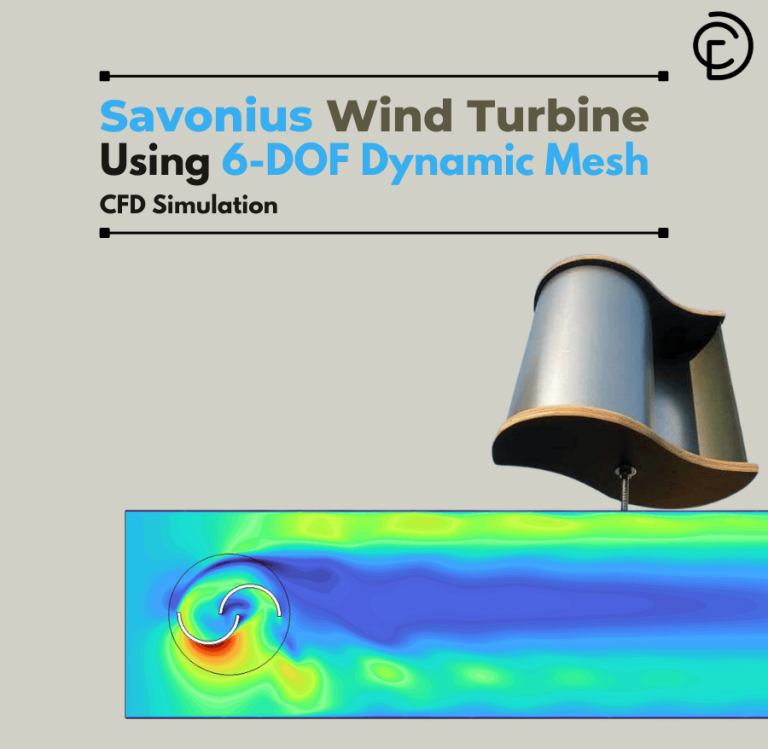
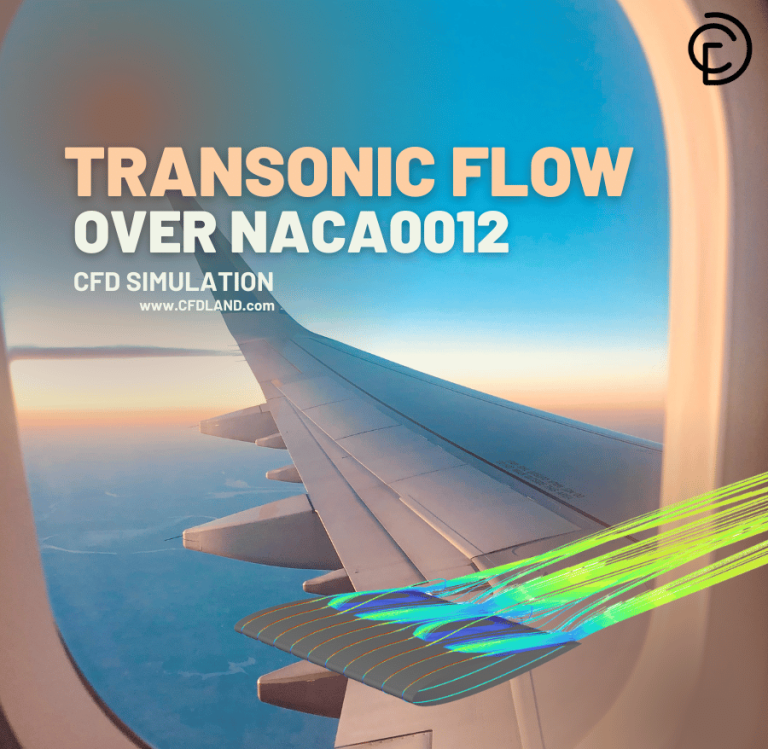




Reviews
There are no reviews yet.